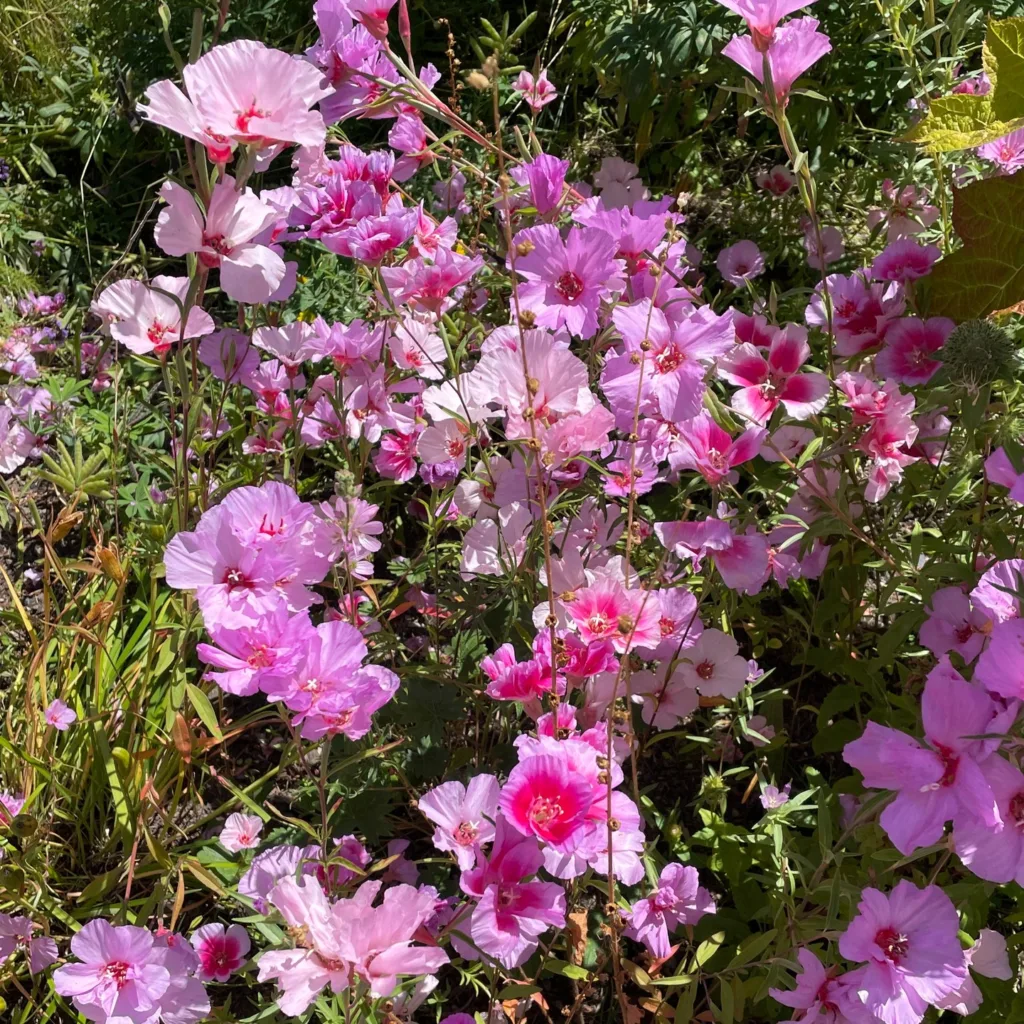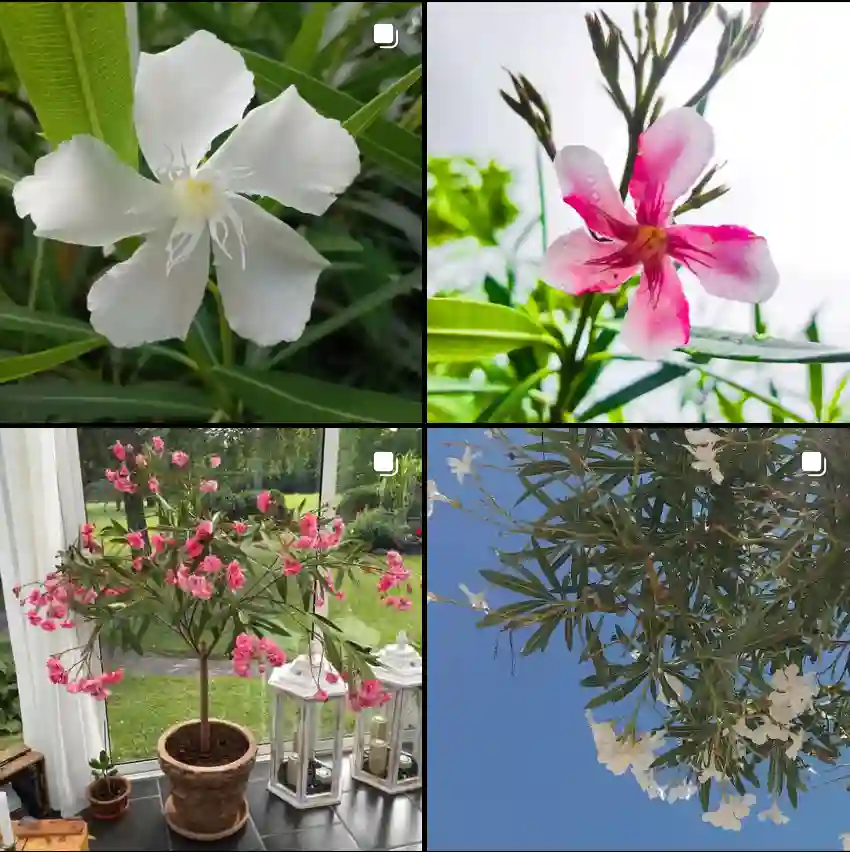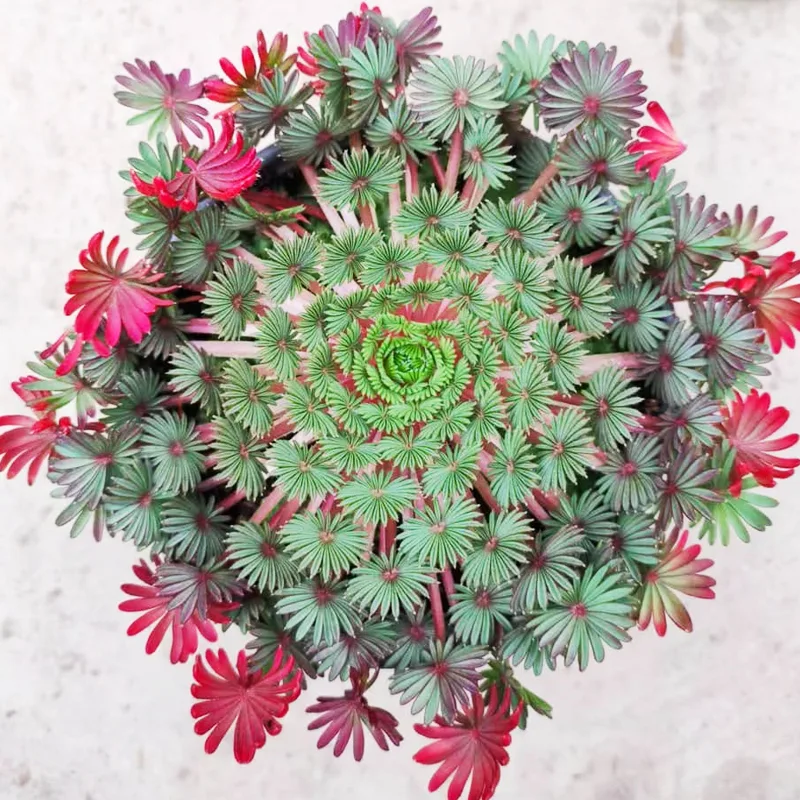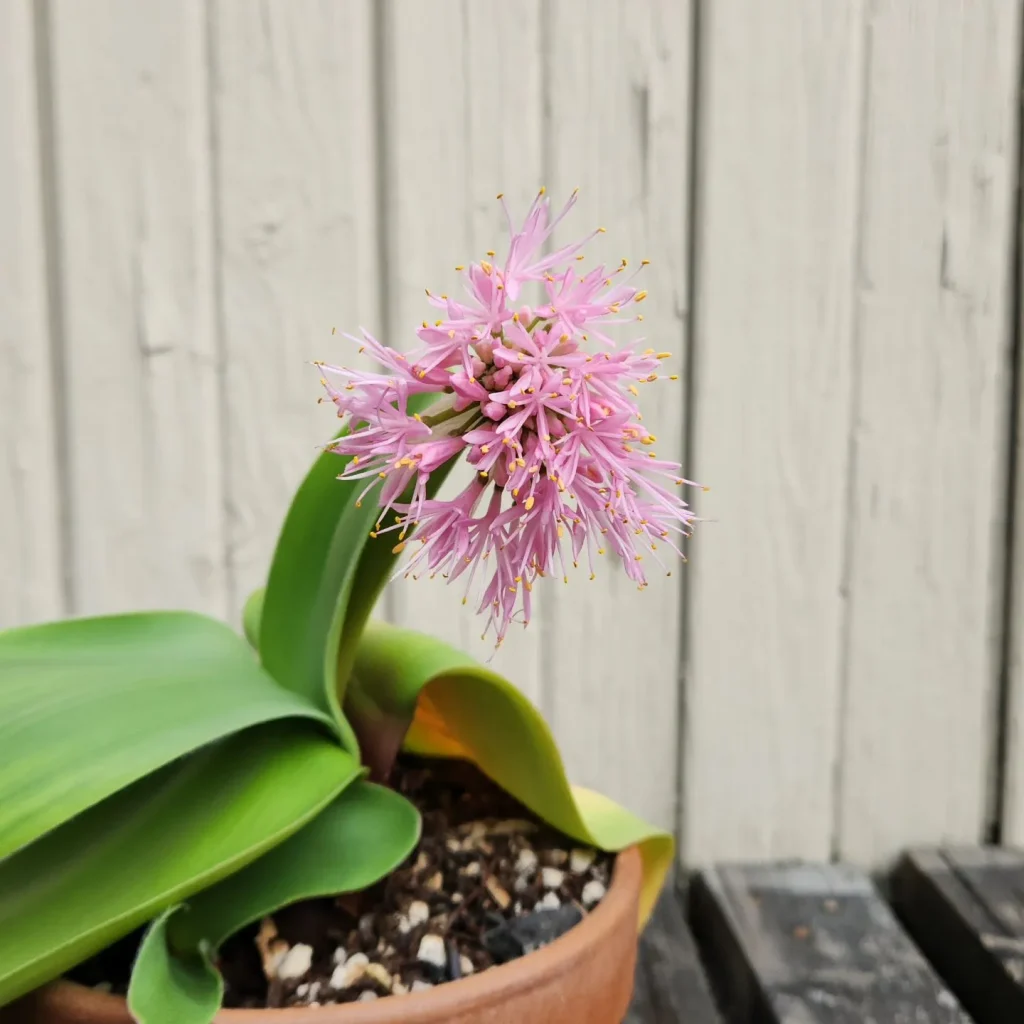My Fascination with Echinocactus
As a lover of all things botanical, I, Ferb Vu, am particularly drawn to the unique beauty and resilience of cacti. Among my favorites is the genus Echinocactus, commonly known as barrel cacti. These fascinating plants belong to the Cactaceae family, with their distinctive barrel-like shape and formidable spines, have captivated me for years.
Understanding Echinocactus
The name Echinocactus originates from the Greek words “echinos” (meaning hedgehog or sea urchin) and “cactus,” aptly describing their spiny appearance. Native to the southwestern United States and Mexico, these cacti thrive in arid desert environments. Their remarkable ability to store water allows them to survive long periods of drought, a testament to their hardiness.
What truly sets Echinocactus apart is their striking form. They typically grow as solitary spheres or barrels, ranging in size from a few inches to several feet in diameter. Their ribs are pronounced, often adorned with an array of spines that vary in color and size depending on the species. These spines serve multiple purposes, from deterring herbivores to providing shade and even collecting moisture from the air.
Species in Echinocactus
While the genus Echinocactus was once thought to include dozens of species, recent taxonomic revisions have narrowed it down to six recognized species. These include:
- Echinocactus grusonii: Perhaps the most well-known species, often referred to as the Golden Barrel Cactus due to its vibrant yellow spines and rounded shape.
- Echinocactus horizonthalonius: Commonly known as the Eagle’s Claw or Devil’s Head Cactus, it features fewer ribs and robust, hooked spines.
- Echinocactus platyacanthus: A large species that can reach up to six feet tall, with broad, flattened spines and woolly crowns.
- Echinocactus polycephalus: A clustering species that forms large mounds with numerous heads, each covered in dense spines.
- Echinocactus texensis: Also known as the Horse Crippler Cactus, it has a flattened, disc-like shape and stout spines.
- Echinocactus ingens: A massive species, often reaching heights of over six feet, with prominent ribs and long, curved spines.
The Appeal of Echinocactus
My fascination with Echinocactus stems from their unique blend of beauty and resilience. They are a symbol of survival in harsh conditions, thriving where few other plants can. Their sculptural forms and intricate spine patterns make them a captivating addition to any landscape or collection.
Beyond their aesthetic appeal, Echinocactus also holds cultural significance. Native American tribes have utilized these cacti for various purposes, from food and medicine to tools and ceremonial objects. Their enduring presence in the desert landscape has made them an iconic symbol of the American Southwest.
Caring for Echinocactus
Despite their hardy nature, Echinocactus requires proper care to thrive in cultivation. Well-draining soil, ample sunlight, and infrequent watering are essential for their well-being. Overwatering is a common mistake that can lead to root rot and other problems.
When repotting Echinocactus, it’s crucial to handle them with care due to their sharp spines. Thick gloves and protective clothing are recommended. It’s also important to choose a pot that is slightly larger than the previous one to allow for growth.
The Future of Echinocactus
Sadly, some Echinocactus species are facing threats in their natural habitat due to habitat loss and illegal collection. Conservation efforts are underway to protect these remarkable plants and ensure their survival for future generations.
As a passionate advocate for plant conservation, I believe it’s crucial to raise awareness about the importance of protecting Echinocactus and their fragile desert ecosystems. By appreciating their beauty and understanding their needs, we can help ensure their continued existence.
In conclusion, my admiration for Echinocactus runs deep. Their unique forms, resilience, and cultural significance make them a truly remarkable genus. As I continue to explore the world of cacti, I am confident that my fascination with Echinocactus will only grow stronger.
If i die, water my plants!



